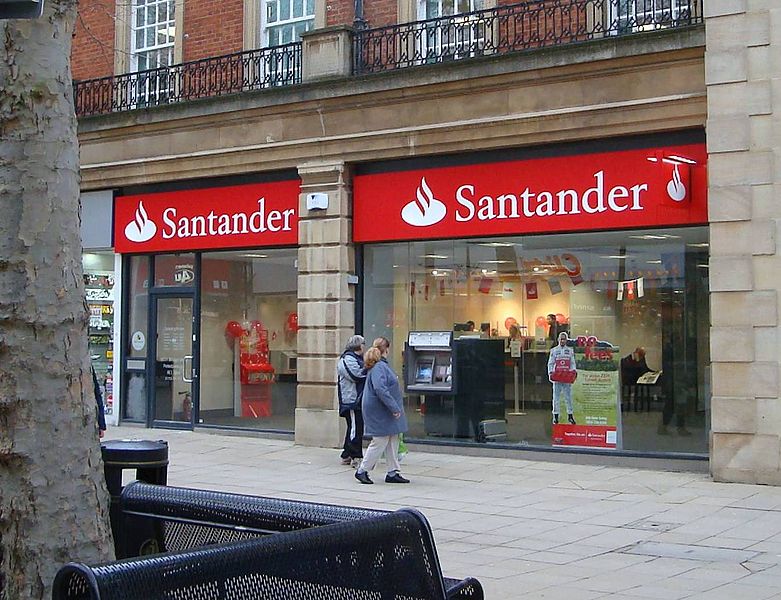HSBC and Lloyds losing in switching stakes
Santander, Nationwide and Halifax have gained most from the UK’s account switching service, while incumbents Barclays, HSBC, Lloyds/TSB and NatWest have lost out, according to new figures released by advisory firm TNS.
Based on 13,320 interviews between 15 October and 12 November, the three brands made net gains of 12%, 6% and 4% respectively. While Santander gained the most (21% of all switches), it also lost 9% of switchers. The biggest losers were HSBC, which lost 11% but only gained 4%, and Lloyds, including its former subsidiary TSB, which lost 20% but gained 14%
The findings corroborate earlier research immediately prior to the introduction of the switching service, which found that NatWest, HSBC and Lloyds were losing customers to rivals including Santander, Nationwide and Halifax. However, they also reveal some differences. In early September, NatWest was the biggest loser: some 15% of all switchers moved away from the bank, while only 7% joined. NatWest saw the gap narrow in October and November, losing 12% of switchers but gaining 9%.
Consumer awareness of the account switching service reached 50% of the population. Older groups were the most aware of the switch, with 62% of over 55s compared to 39% of those between 25 and 34. However, the younger age group was 60% more active in actually switching accounts, suggesting that the young were less inclined to stay with their existing bank.
For customers joining a bank, the main incentives were longer opening hours at the branch (22%) and financial rewards (14%), while the main reason for leaving was customer service (22%) and lack of special offers (12%). Reputation was the main factor for customers that joined Co-operative Bank, First Direct and Nationwide.
“We have consistently found that reputation is driven by great service and, while customers want best value and increasingly expect to be rewarded, these are weaker drivers of loyalty and satisfaction“, said Maureen Duffy, chief executive of TNS UK. “In this latest wave, Nationwide seems to be achieving the best balance between service and value as they both feature in their reasons for choosing Nationwide – it will be interesting to see if that can continue.”
While TNS didn’t provide data on the total number of switches, it did report that the proportion of customers that had switched in the last three months had increased to 35%, up from 27% in September and 31% in August. The study also didn’t give figures for Metro Bank, which currently claims to be signing up eight times more new customers per branch than Nationwide.












































